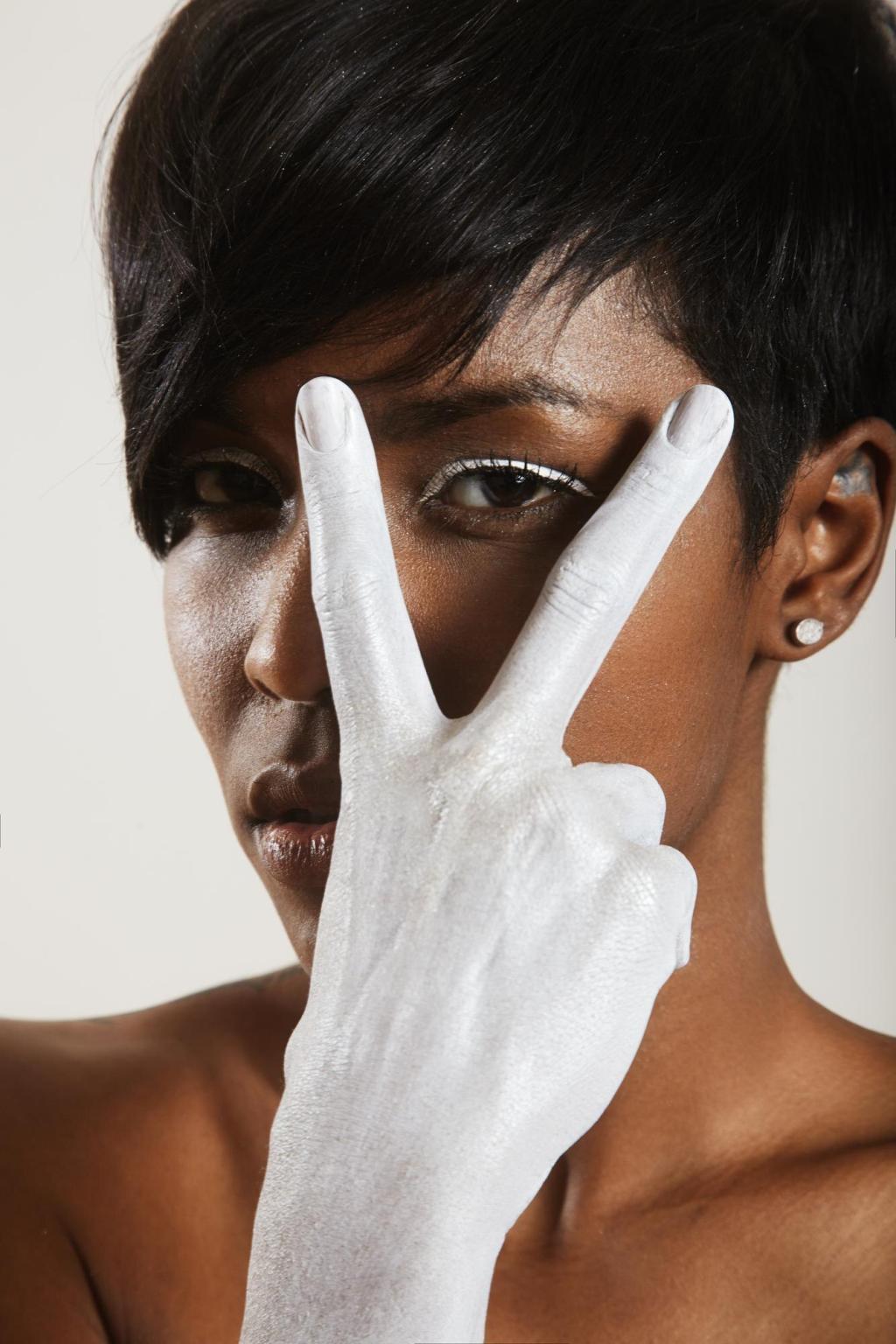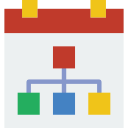The Quiet Power of Visual Order
Clutter, Cognition, and Decision Fatigue
Every visible item silently requests attention. When your desk competes with your task, your brain spends energy suppressing distractions. Less visual noise means fewer micro-decisions, lower stress hormones, and more focus available for deep, rewarding work.
Attention Is a Finite Resource
Think of attention as a battery. Disorder drains it with constant context checks, while visual order shields it. By simplifying what you see, you conserve mental energy and stretch productive minutes into productive hours.
A Small Story: The Red Notebook Day
I once moved every loose paper into folders and placed a single red notebook at center stage. That day, I finished a proposal two hours early. Visual order set the pace—steady, confident, uninterrupted.
Designing a Focus-First Workspace
Begin and end each day with a timed, two-minute reset: surfaces clear, tools parked, next task staged. The ritual is tiny, but the psychological signal is huge—clarity now, momentum next. Share your ritual tweaks below.
Create obvious zones: think, make, store. In the think zone, only your current brief lives. In the make zone, tools await. Storage hides history. These boundaries reduce friction and make context switching intentional.
Assign colors to project categories and repeat them across folders, labels, and calendars. Your eyes learn the map before your mind, cutting search time dramatically. Comment which color scheme made your week smoother.
Digital Visual Order That Delivers
Dedicate each desktop or monitor to a single intention: writing, research, or communication. Keep only the relevant app visible. This removes conflicting cues and helps your brain understand, and protect, the current mode.


Digital Visual Order That Delivers
Name folders by active project and phase, not vague categories. Inside, use a numbered structure to show sequence at a glance. Future you will thank present you for a path that feels obvious and fast.
Measuring the Productivity Boost
Time a typical task before you tidy, then again after reordering your space and screen. Photograph both setups. The images remind you why results improved, reinforcing habits each time attention begins to wander.
Measuring the Productivity Boost
For one week, log every moment you hunt for an item, file, or link. Then remove the top three frictions by reorganizing visibility. Post your wins—specific changes inspire others to try the same.
Measuring the Productivity Boost
Publish your focus time, task completion rates, or error reductions after introducing visual order. Trends over weeks matter most. Invite readers to ask about your setup, and offer to swap templates or checklists.
Order for Teams and Households
Shared Visual Conventions
Agree on labeling, color codes, and storage norms so everyone recognizes the same signals. Fewer questions, faster onboarding. Ask teammates which cues feel intuitive, then standardize. Invite comments to refine a shared legend.


Meetings With a Clear Canvas
Start with a single visible goal, a three-item agenda, and a timer on screen. Hide unrelated windows. When the canvas stays clean, conversations land faster, decisions stick, and action items arrive unambiguous.
Sustaining Order Without Perfectionism
01
Aim for ninety percent, not immaculate. When order feels achievable, you will return to it. That small tolerance keeps momentum alive and prevents the all-or-nothing thinking that derails productive weeks.
02
Tie resets to existing habits: after coffee, before lunch, at shutdown. A brief checklist—clear surface, stage next task, archive stray notes—keeps order automatic. Comment which trigger best anchors your day.
03
Take a quick photo when your space looks purposeful. Visual proof rewards your brain and strengthens the habit loop. Share your before-and-after shots with us, and subscribe for weekly prompts to stay consistent.
